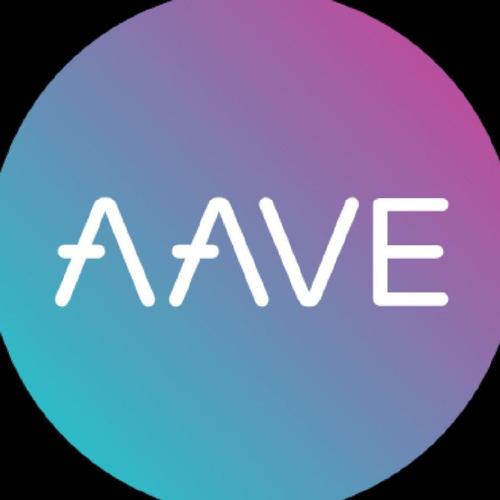Are you intrigued by the world of decentralized finance (DeFi) and looking to dive into the fascinating realm of Aave and ETH? Well, you’ve come to the right place. In this comprehensive guide, we’ll explore the intricacies of Aave and ETH, their relationship, and how they shape the DeFi landscape. Get ready to unravel the mysteries of Aave ETH.
Understanding Aave
Aave is a decentralized lending and borrowing platform built on the Ethereum blockchain. It allows users to lend their crypto assets and earn interest or borrow assets using their crypto as collateral. Aave’s native token, AAVE, plays a crucial role in its ecosystem, providing governance rights and access to exclusive features.

One of the key features of Aave is its liquidity pool system. Users can supply their crypto assets to these pools, and in return, they receive a share of the interest generated by the borrowed assets. This interest is distributed to the liquidity providers based on their share of the pool. Aave’s innovative approach has made it one of the leading DeFi platforms in the industry.
Understanding ETH
ETH, short for Ethereum, is the native cryptocurrency of the Ethereum blockchain. It serves as the primary currency for transactions and fees on the Ethereum network. ETH is also used to power smart contracts, which are self-executing contracts with the terms of the agreement directly written into code.
Ethereum’s blockchain is known for its versatility and scalability, making it a preferred platform for DeFi projects. ETH’s value has surged over the years, and it has become one of the most popular cryptocurrencies in the world.
The Relationship Between Aave and ETH
The relationship between Aave and ETH is symbiotic. Aave relies on ETH for its operations, as it is built on the Ethereum blockchain. In return, Aave contributes to the growth and adoption of ETH by providing a platform for users to interact with the Ethereum ecosystem.

When you lend or borrow on Aave, you are essentially interacting with the Ethereum network. This means that ETH is required for transaction fees and to participate in the Aave ecosystem. Additionally, the success of Aave has a positive impact on the demand for ETH, as more users are drawn to the DeFi space.
AAVE and ETH Price Correlation
One interesting aspect of the relationship between Aave and ETH is their price correlation. As seen in the data from CoinMarketCap, AAVE has often experienced significant price movements in tandem with ETH. This correlation can be attributed to several factors:
| Factor | Description |
|---|---|
| Ethereum Network Activity | Increased network activity on Ethereum can lead to higher demand for ETH, which in turn can positively impact AAVE’s price. |
| DeFi Market Trends | The growth of the DeFi market can drive demand for both ETH and AAVE, leading to a positive correlation between their prices. |
| Market Sentiment | Market sentiment towards ETH and Aave can influence their prices, leading to a correlation between their movements. |
It’s important to note that while there is a strong correlation between AAVE and ETH, it is not absolute. AAVE’s price can be influenced by other factors specific to the Aave platform, such as governance decisions and liquidity pool performance.
AAVE Governance and Community Involvement
Aave’s governance model is decentralized, allowing token holders to participate in decision-making processes. The Aave community plays a crucial role in shaping the platform’s future, from protocol upgrades to liquidity pool management.
One notable example of community involvement is the recent proposal to migrate 1,600 ETH to wsETH and rETH. This proposal aimed to maximize the utilization of ETH within the Aave ecosystem and was approved by the community. Such initiatives highlight the power of community-driven governance in Aave.
AAVE and ETH: The Future
The DeFi space is constantly evolving, and both Aave and ETH are at the forefront of this revolution. As the DeFi market continues to grow, the demand for Aave and ETH is expected to increase, potentially leading to further price appreciation.
However, it’s important to approach the DeFi space with caution, as it is subject to volatility and regulatory challenges. Staying informed and understanding the risks involved is crucial



